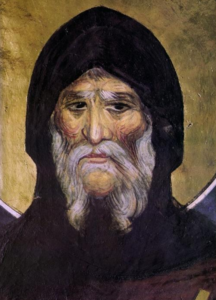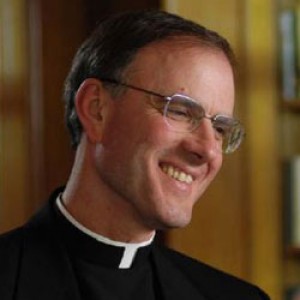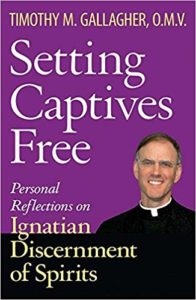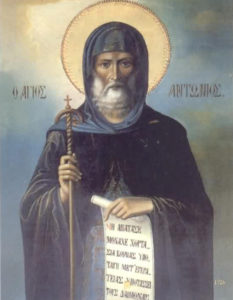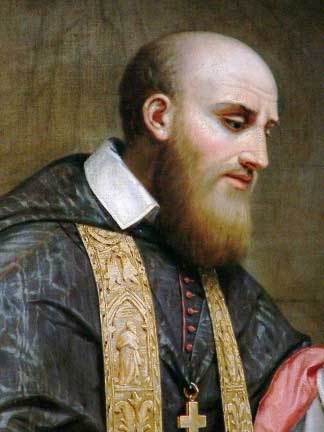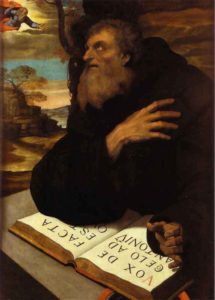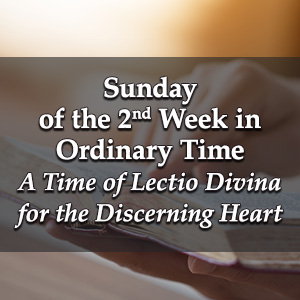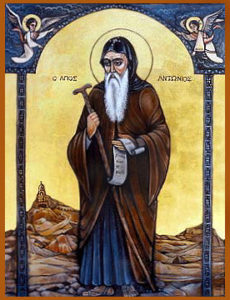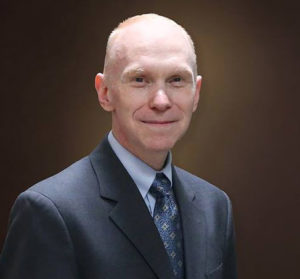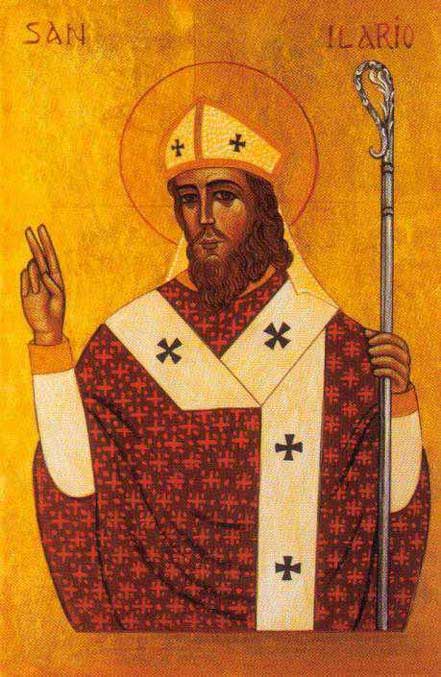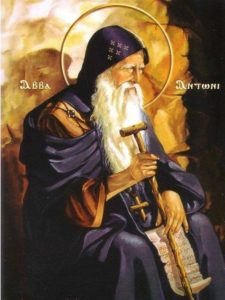St. Francis de Sales Novena – Day 2
Podcast: Play in new window | Download (Duration: 2:55 — 2.7MB) | Embed
Subscribe: Apple Podcasts | Spotify | Amazon Music | Android | Pandora | iHeartRadio | JioSaavn | Podchaser | Gaana | Podcast Index | Email | TuneIn | Deezer | Anghami | RSS | More
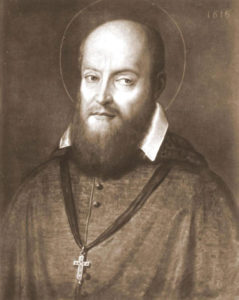
Day 2
State openly that you desire to be devout. I do not say that you should assert that you are devout but that you desire to be devout. Do not be ashamed to practice the ordinary, necessary actions that bring us to the love of God. Acknowledge frankly that you are trying to meditate, that you would rather die than commit a mortal sin, that you are resolved to frequent the sacraments and to follow your director’s advice. This candid confession of our desire to serve God and to consecrate ourselves entirely to His love is most acceptable to His Divine Majesty. (INT. V, Ch. 18; O. III, p. 365)
O blessed Francis de Sales, who on earth did excel in a life of virtue,
especially in the love of God and neighbor,
I earnestly ask you to take me under your compassionate care and protection.
Obtain for me conversion of mind and heart.
Grant that all people,
especially (names of those whom you wish to include) may experience
the depth of God’s redeeming and healing love.
Teach me to fix my eyes on the things of heaven
even as I walk each day with my feet planted firmly on the earth.
Help me, through the practice of virtue and the pursuit of devotion,
to avoid anything that would otherwise cause me to stumble
in my attempt to follow Christ
and to be an instrument of the Holy Spirit.
Encouraged by your prayers and example,
help me to live fully my sacred dignity
with the hope of experiencing my sacred destiny:
eternal life with God.
Receive also this particular need or concern
that I now lift up in prayer. (mention your particular need).
O God, for the salvation of all,
you desired that St. Francis de Sales—
preacher, missionary, confessor, bishop and founder—
should befriend many long the road to salvation.
Mercifully grant that we,
infused with the humility and gentleness of his charity,
guided by his wisdom and sharing in his spirit
may experience eternal life.
We ask this through Christ our Lord. Amen.
St. Francis de Sales, pray for us.
For the complete 9 day St. Francis de Sales Novena visit here

